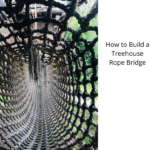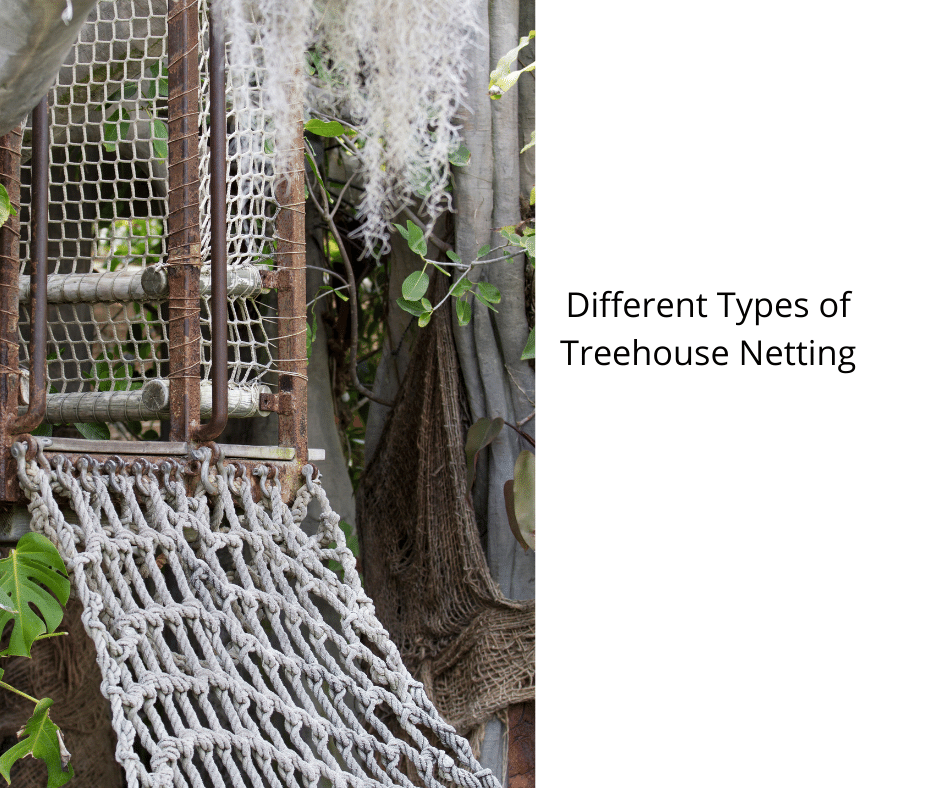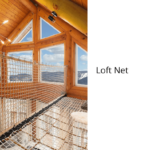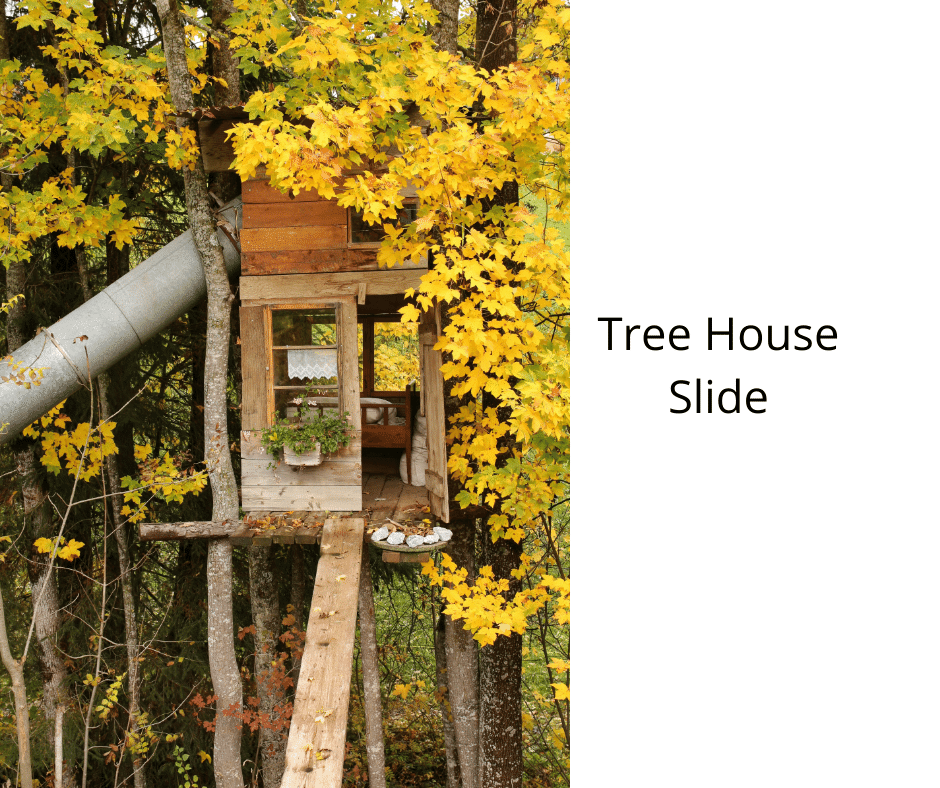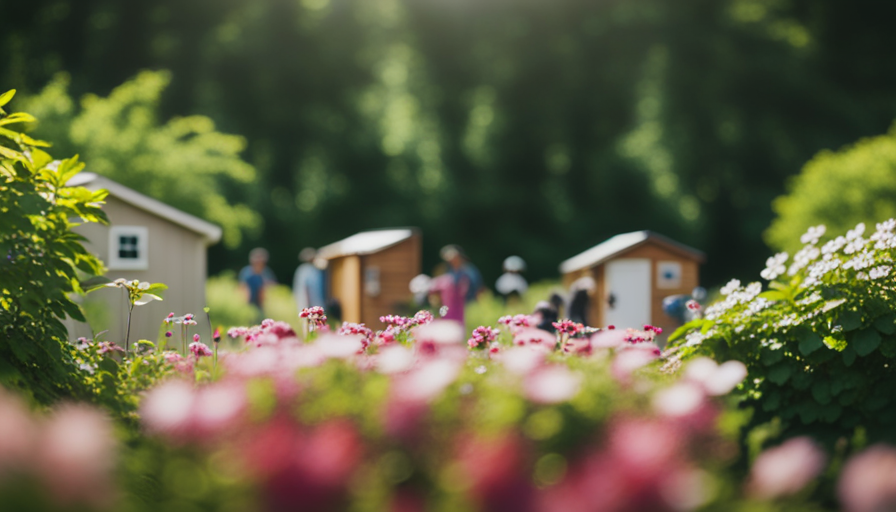There are different options to choose from when selecting the type of rope for your swing seat, such as natural rope, braided rope, and twisted or polypropylene rope. The final decision is up to you, but it’s essential to know that choosing natural rope provides several benefits for your swing seat. Being aware of these advantages will help you make a well-informed decision that fits your preferences and available resources. Let’s delve into some of these benefits.
Natural Rope
If you’re trying to create a simple yet sturdy tree swing seat, you may want to try a natural rope. This will look more natural and won’t cost you a fortune! Alternatively, you can purchase a swing seat at a playground store or find instructions for making one yourself at Lowe’s. The wood you use should be sturdy and the tread should not be thin. If the tread is thin, the reinforcing wires may be visible.
One option is to buy an adjustable rope. This is one cm thick and will work with all swing seat models. This option will allow you to adapt it to any height, including unusually high ceilings. The rope can be adjusted from 85 cm to 140 cm, which is perfect for a porch or balcony swing. These are easy to assemble and come packaged in an envelope for safekeeping. Natural rope is a great choice for a swing seat because it’s biodegradable and meets strict safety standards.
A good quality rope should be long enough to hang a swing seat. If you’re swinging from a tree limb, make sure to get a rope that is at least fourteen feet long. It will have to be heavy enough to support the weight of the swing. If the swing seat is not firmly attached to the tree limb, the rope will stretch. A good rope stretches over time but won’t break after several uses.
Another option for a natural rope is polypropylene rope. This synthetic rope mimics the look and feel of natural manila. It comes in tan, black, and white colors. It’s waterproof and is ideal for areas with humid climates. In addition, it doesn’t have the rough texture that regular manila rope has. It also comes in two-pt hanging methods. These two methods are not as durable and can be slippery.
Braided Rope
Braided rope is one of the most popular outdoor furniture materials. It is a safe and durable choice for swing seats, as it is weather resistant. Braided rope swings are made of thick, natural rope. To create a seat for a swing, simply cut two sections of rope measuring approximately 10 feet each and tie them together using the Ashley’s Stopper Knot. It is essential to measure the swing seat’s dimensions carefully, as you can add additional length if necessary.
First, ensure the rope is at least 24 inches above the ground. Then, use a Buntline Hitch to secure the rope to the tree branch. Another option is to tie it to stainless steel quick links. Be sure to use a steel quick link, as it will create a flat spot in the hollow core braided rope. This flat spot is essential for stability. Once the swing seat is attached, you can adjust its height by tightening or loosening the spring clamp.
You can choose from natural cotton, manila hemp, nylon, polypropylene, and polyester ropes for your swing. The quality of the rope depends on how strong you need it to be. Manila hemp rope is considered chic and durable, while UnManila polypropylene rope is lightweight and durable. Choose a rope that’s strong enough to support your swing seat and is Oeko-Tex certified.
A high-quality rope for swings should have a working load capacity of 700 pounds or more. Choose one with a working load of 700 pounds or more to ensure safety and comfort. When choosing a rope for a swing seat, don’t forget to consider the rope’s diameter. You’ll also want to make sure it is large enough for you to comfortably grip it and to securely support the weight of the swing rider.
Twisted Rope
To make a twisted rope swing seat, start by measuring the distance from the ground to the seat. Double this measurement and add 12 feet for safety. Then cut two ropes of the same diameter and tie the tails together. Standard seat size is 7 inches wide by 16 inches long and two inches deep. If you are using a wooden swing seat, you can cut the wood slightly bigger and sand it to make it look rustic.
Before hanging the swing, ensure the seat is securely attached to the tree branch. Use an overhand knot to make sure it is secure. If you want to adjust the height of the seat, pinch the rope and tie another overhand knot. Make sure that this knot is tightly connected to the first knot. Once the seat is attached, make sure the rope is secure before hanging it. When it is attached, tie a second overhand knot to the opposite end.
If you plan on using a tree swing, braided rope is a better option. This kind is more durable and easier on the hands. It has a smoother feel, too. It will also withstand more stress than twisted rope, so it will last a long time. When purchasing a swing rope, be sure to use one that is rated for heavy weights. If you do decide to use twisted rope, be sure that the carabiner clip is large enough to support the weight of the swing seat. Also, make sure that the clip will be easy to undo. Thread lock is also important to keep the nut tight.
When choosing a rope for your swing, make sure that you use a rope that is tough enough to last a long time. Do not use rope that has been exposed to UV light because it will be more likely to break. The rope should also be thick enough to withstand the weight of an adult. This is because a rope that is too thin will not withstand the weight of a swing. It will need to be replaced every few years.
Polypropylene Rope
Using a polypropylene rope on a swing seat is a simple, inexpensive way to make your child happy. Polypropylene rope is the cheapest and lightest, but it deteriorates quickly in the sun. Natural fiber rope, which is also inexpensive, can break without warning. Metal chain can be a sturdy alternative, but it should be corrosion-resistant. If you choose to use a metal chain, make sure that it has eyebolts on the end.
The ideal length of rope for a swing seat is 14 feet long. Make sure the rope has a working load limit of 695 pounds. The rope should be long enough to hang the swing safely, and it should be abrasion-resistant. The length of the rope will depend on the size of the tree. Generally, you should purchase a rope that is as long as possible, but you should also make sure it will fit through the seat board.
Despite being synthetic, polypropylene rope has many advantages. It can be used outside and is resistant to rot and mildew. It also doesn’t wear out as easily as wood, making it an ideal choice for swing sets. Cedar and redwood are two of the most commonly used woods for outdoor swing sets, and they are resistant to disease, rot, and insect infestation. Spruce is another popular wood for swing seats.
When using polypropylene rope for a swing seat, it is important to note that it is difficult to cut the material yourself unless you have a hot knife. However, if you’re unsure about your cutting abilities, you can always take measurements and have a store associate cut the rope for you. Be sure to tape the cut before melting the ends. Then, using a lighter, carefully melt the ends and re-tape them to prevent a rip.
Nylon Rope
A rope swing can be made in several ways. One of them is by making one yourself. A simple rope swing can be made with wood and a double-bowline. The seat should be at least 18 inches above the ground. You can find instructions on how to make a sturdy wooden seat at Lowe’s. It’s also a good idea to pick a tree that’s healthy and clear, as this will make it easier to work with.
The best rope for a swing is hollow-core braided polypropylene. It is stronger and less susceptible to weather. If you can’t find polypropylene, you can use sisal. Polypropylene rope won’t rot, and it is more durable than natural rope. If you cannot find polypropylene rope locally, you can purchase it at Uline or The Home Depot.
When choosing a rope for a swing, make sure it’s strong enough to support the weight of the swing. Generally, 3/8 to 5/8-inch diameter ropes are best, though you can always go for thicker ones if you like a thicker feel. If you’re unsure of the rope thickness, it’s best to buy at least 20 feet of rope for your swing. However, you should be aware that a thicker rope may make it difficult to tie knots, so it’s important to check the breaking strength of your rope before you buy.
Despite nylon’s strength and durability, avoiding using it for free-standing swings is recommended. Using sisal or manila rope is safe, but they tend to break and rot after time. Using them is better if you want a traditional look. The latter will last longer, but they’ll need special care to prevent them from breaking. You can also consider the natural fiber rope as a substitute. This is more natural and can be a more eco-friendly option. It’s a bit rougher, but will be a good option for swings.
Hi, I’m Emma. I’m the Editor in Chief of Tiny House 43, a blog all about tiny houses. While tree houses are often associated with childhood, they can be the perfect adult retreat. They offer a cozy space to relax and unwind, surrounded by nature. And since they’re typically built on stilts or raised platforms, they offer stunning views that traditional homes simply can’t match. If you’re looking for a unique and romantic getaway, a tree house tiny house might just be the perfect option.







